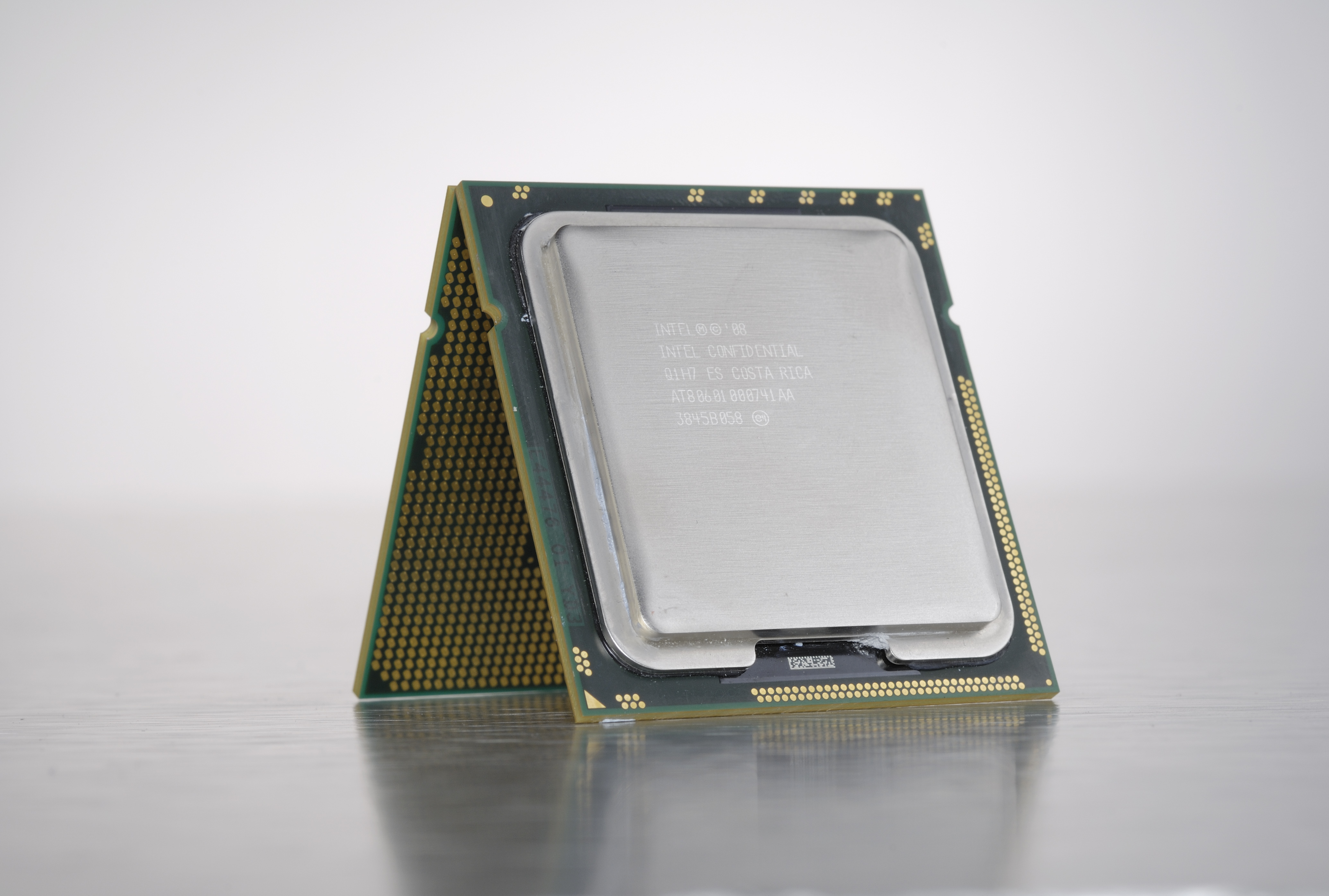TechRadar Verdict
A superbly engineered CPU. But Intel's LGA1,156 CPUs make more sense for most.
Pros
- +
Fantastic feature set
- +
Great performance for a quad-core CPU
Cons
- -
LGA1,366 socket is not long for this world
- -
Intel's six-core chips are much faster
Why you can trust TechRadar
A high end chip for mainstream money? That'll be the Intel Core i7 930. Based on the mighty Bloomfield core, it's identical in most respects to processors costing up to £800. But it's yours for £200 and change.
Compared to those top chips, the Core i7 930 only gives up a little clockspeed. Still, at 2.8GHz - plus a little extra when Intel's Turbo feature kicks in - it's hardly a slouch on the frequency front. More importantly, you get all the high end Bloomfield features, including four cores, eight threads, a triple-channel memory controller and the uber-bandwidth QPI interface.
Like other Intel processors for the LGA 1,366 socket, the Core i7 930 is arguably over-engineered for the desktop. But like a 1980s Mercedes, there's satisfaction to be had from knowing you own something so impeccably constructed, even if some of the details are overkill.
Of course, like an old Merc, running a 930 doesn't come without cost. Motherboards and memory are expensive. In that context, Intel's own Core i7 870 processor gives a better return on your investment. What's more, the recent arrival of six-core processors from Intel has made Bloomfield a little less desirable.
The TechRadar hive mind. The Megazord. The Voltron. When our powers combine, we become 'TECHRADAR TEAM'. You'll usually see this author name when the entire team has collaborated on a project or an article, whether that's a run-down ranking of our favorite Marvel films, or a round-up of all the coolest things we've collectively seen at annual tech shows like CES and MWC. We are one.
